Description
George Stephenson was born on 9th June 1781, at Wylam, near Newcastle -on-Tyne. The idea of celebrating the centenary was first mooted, in the Newcastle Chronicle towards the end of 1880 but it was March 1881, before any practical steps were taken, leaving just over two months to arrange an astonishing programme of events. Time off work, even without pay, was not common in the 1880s, so everything was planned to take place on a single day!
As late as 28th May, it was decided that it would be desirable to have the patronage of a member of the Royal Family (a pretty forlorn hope – even in those days, Royal diaries filed up months in advance). It was resolved to invite Prince Leopold, eighth child and youngest son of Queen Victoria- It is not clear why the choice fell on him- possibly because it had been announced four days previously that he had been created Duke of Albany and Earl of Clarence. It was not generally known that Leopold was a hemophiliac, and undertook few public engagements, spending much of his time acting as a secretary to his mother. A telegram was sent to Leopold’s equerry at Balmoral,, suggesting that the Mayor, Sheriff and Town Clerk travel to Balmoral for an audience with Leopold, but this was turned down by the equerry, hoping that the deputation would not take the trouble of going to Balmoral, as the newly created Duke would not be able to attend he event. The Mayor would not be put of (one wonders if he had hinted that he could arrange a Royal visit, and did not want to lose face) and sent off another telegram pleading for an audience, only to get a final rebuff. Leopold died aged only 38 in1884, after a fall which injured his head, causing a fatal brain haemorrhage.
The number and variety of items planned and organised in so short a timescale, even if some of them had little to do with Stephenson, or railways, exhibit Victorian enterprise and energy at its finest, even if some of them did not quite come off. A competition for the cleanest and best decorated locomotives running through Central Station appears to have failed, because it was not realised that upwards of 600 locomotive movements would take place, including several simultaneously and it was quite impossible for the judges to see them all.. Competitions for the best turned out heavy haulage horses, and trader’s light horses and ponies fared better, as did those for the best decorated business premises The main streets were decorated, as was the massive portico of Central Station. There were processions of various bodies of workers from Tyneside industries, mass meetings and rallies, a fair, and a banquet for “370 gentlemen” (no ladies!) The book reports the speeches verbatim. One proposing the health of Edward Fletcher, coupled with the locomotive engineers of the country, was responded to by Frank Webb and Patrick Stirling. Patricks brother James was present, as were William Barton Wright, William Stroudley and Dugald Drummond. The evening ended with a massive fireworks display “under the personal management of Mr. Pain”) with every item described in detail, concluding with a portrait of George Stephenson in pyrotechnics. .
From the railway historian’s point of view, the two most interesting events were the display of historic locomotives, held in the Infirmary Sidings and a procession of contemporary locomotives from Gateshead, to pass Stephenson’s Birthplace at Wylam. These were organised by Edward Fletcher, Locomotive Supt, of the North Eastern Railway. who had been deputed to make all the railway arrangements by Henry Tennant. North Eastern Railway General Manager It had been intended that each of the nine leading railways in the country should send an express passenger and an express goods locomotive. In he event this was not possible. The North Eastern furnished six, the North British (Dugald Drummond) one, the London and North Western two, the Lancashire and Yorkshire, (William Barton Wright) three, the Great Northern (Patrick Stirling) one, the Midland (Samuel Waite Johnson, who was not present) two, and the London Brighton and South Coast, one. This last was the aptly named “Stephenson”, a 2-2-2 express passenger loco, designed by William Stroudley. F. W. Webb displayed an unsuspected sentimental streak in sending a 2-4-0 “Mabel” (the name of George Stephenson’s mother) rather than one of his compounds. There was one other rather curious entry from the LNWR, a Grand Junction Railway 2-2-2 dating from 1842, which had been converted for departmental use with a combined “coupe” and tender, bearing the nameplate “Locomotion”. It did not really fit in with “modern” exhibits, or the old historical ones. One wonders if perhaps Webb had just brought it along as a more comfortable, convenient and private way of making the journey from Crewe to Newcastle. The absence of any locomotive from the Great Western is a bit odd. Fletcher’s nephew, James Holden was principal assistant to William Dean, GWR Loco. Supt. One would have thought that something could have been arranged through this family connection.
The Stephenson Centenary can perhaps be seen as Edward Fletcher’s swan song, as he retired the following year. It must have been particularly gratifying to him, that amongst the historic locos on display (Stockton and Darlington No1, “the old BILLY, from West Moor”, Hetton Colliery locomotive, and an Alfred Kitching loco from 1839) was INVICTA, which Fletcher had helped to build, and in his first job after completing his articles, George Stephenson had sent him to accompany INVICTA to the Canterbury and Whitstable Railway in 1830.
Post Script- Little attention was paid to the bi-centenary on 9th June 1981, although I did arrange for the youngest member of staff employed in the Eastern Region HQ at York, to place a laurel wreath on the bust of George Stephenson, which stood at the head of the stairs, on the first floor landing. A small gesture, of remembrance, which was covered by the local press.
PREVIEW BELOW – MAY TAKE A WHILE TO LOAD.
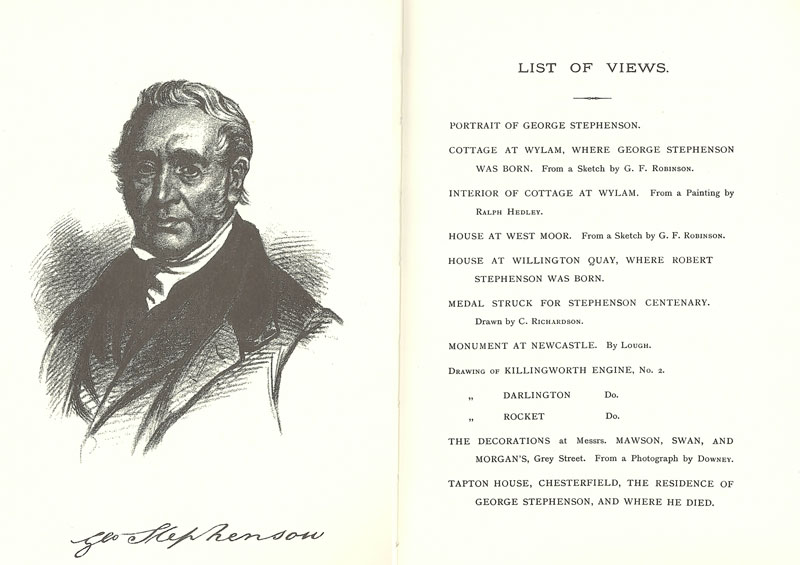
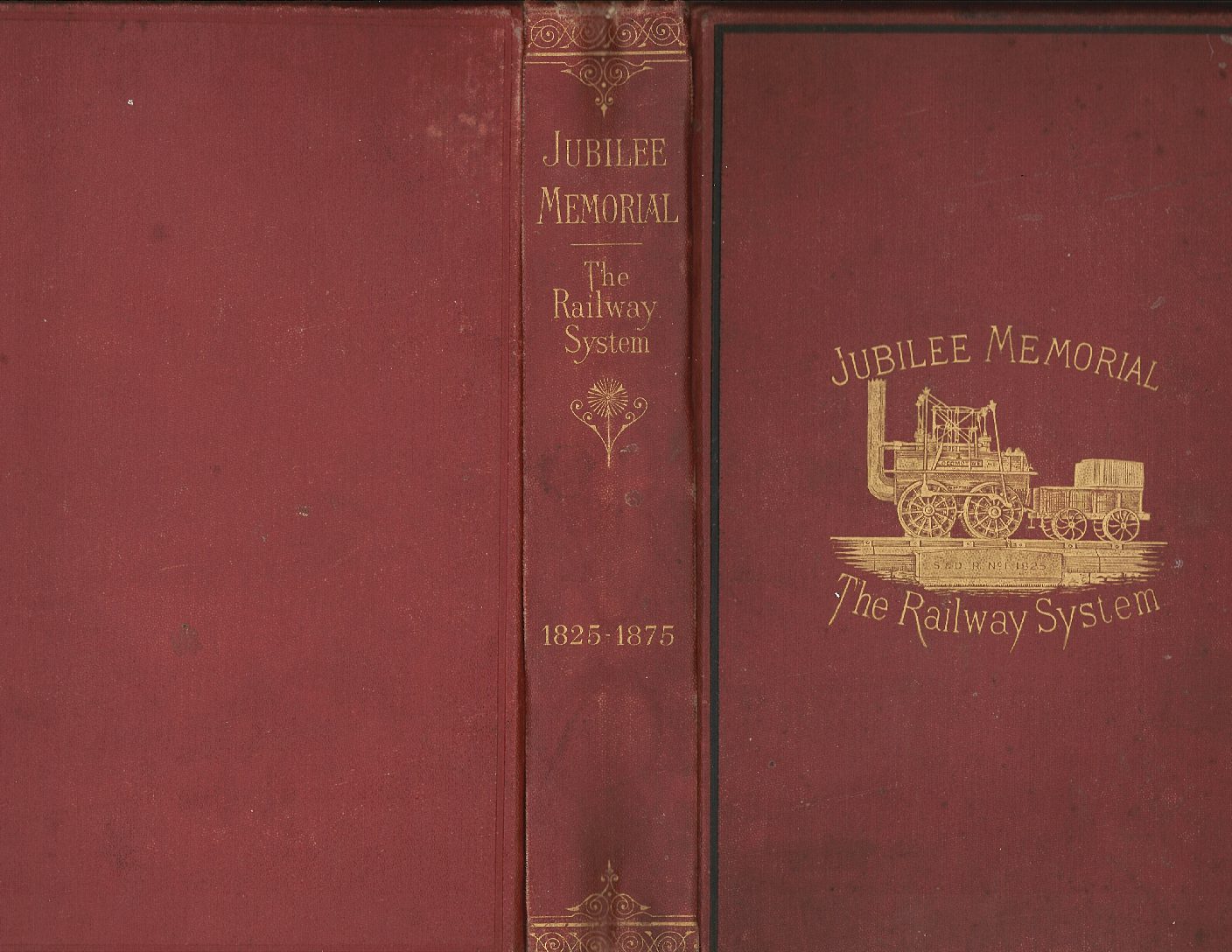
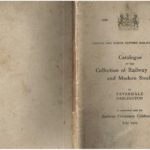
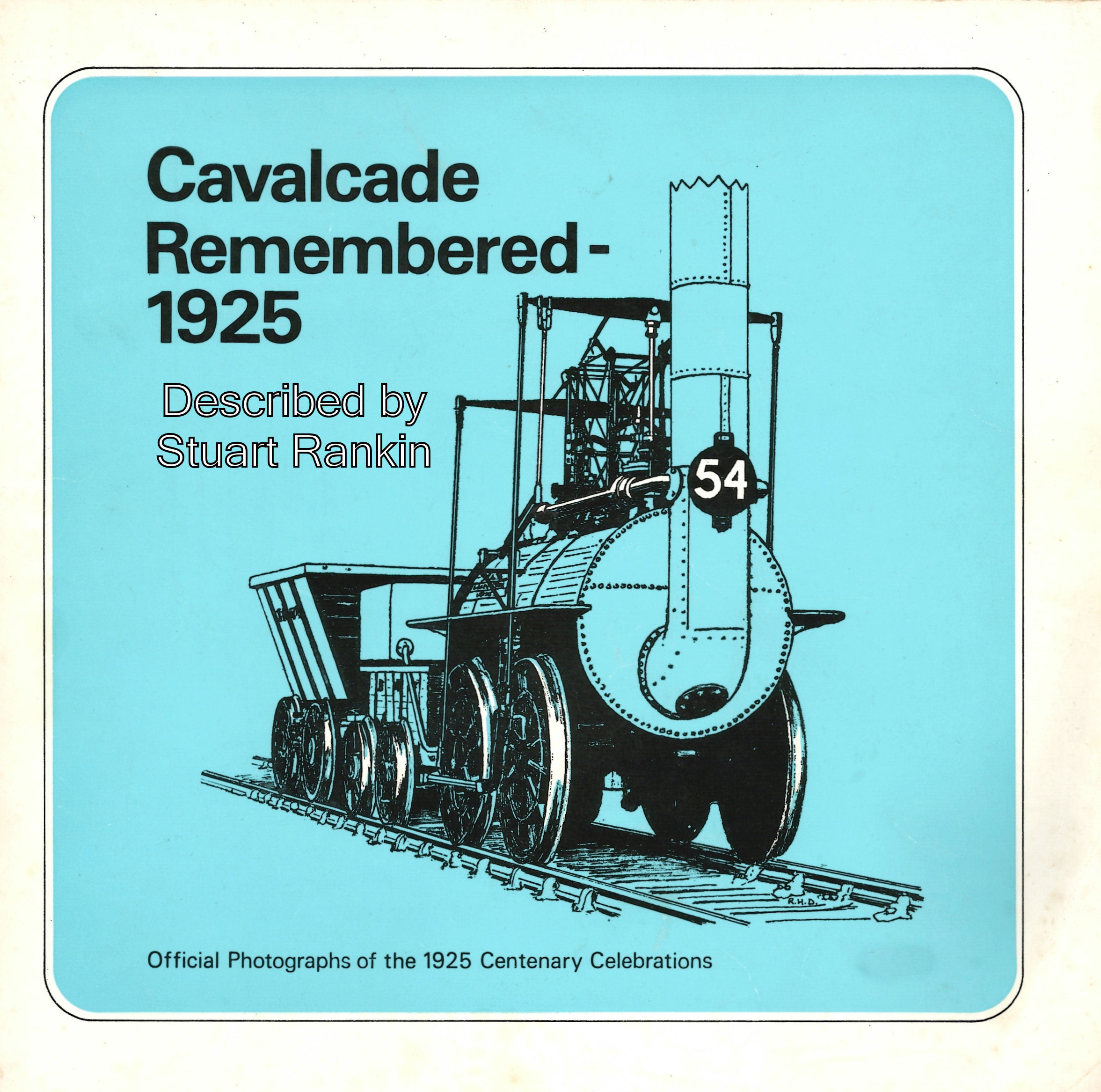
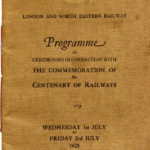


Reviews
There are no reviews yet.